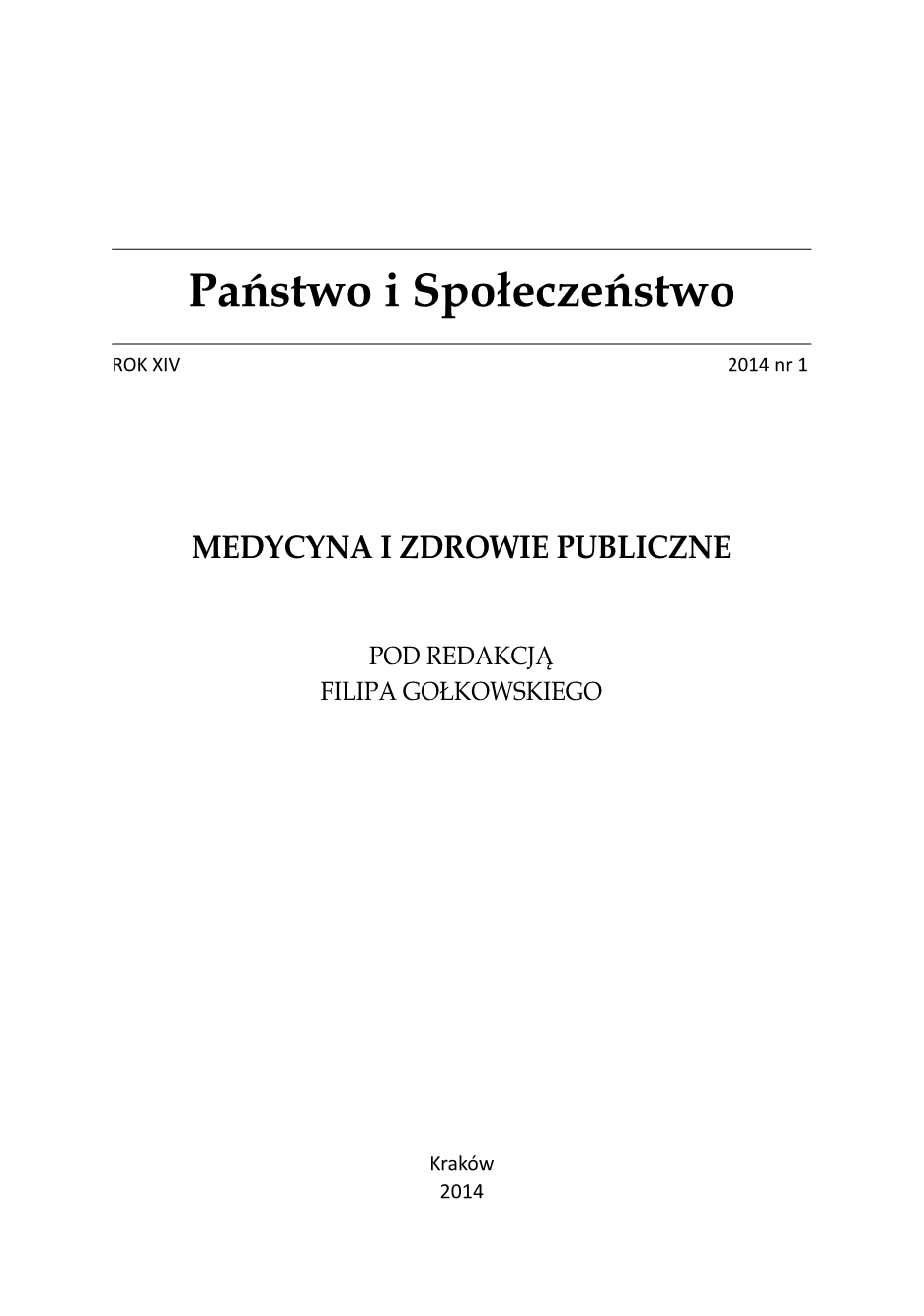Mechanizm działania niesteroidowych leków przeciwzapalnych
Mechanism of nonsteroidal anti-inflammatory drugs action
Author(s): Anna Goździalska, Jerzy JaśkiewiczSubject(s): Health and medicine and law
Published by: Oficyna Wydawnicza AFM Uniwersytetu Andrzeja Frycza Modrzewskiego w Krakowie
Keywords: non-steroidal anti-inflammatory drugs; pain; aspirin esterase; nursing care;
Summary/Abstract: Non-steroidal anti-inflammatory drugs (NSAIDs) are a diverse group of compounds. These drugs have analgesic, antiinflammatory and antipyretic activity following the inhibition of cyclooxygenase (COX). NSAIDs are classified into four groups, depending on the inhibition of cyclooxygenase activity of COX-1 and COX-2: drugs specifically inhibiting COX-1, the drugs that inhibit non-specific COX-1 and COX-2 and coxibs and second generation. One of the most commonly used NSAID is aspirin. The curative features of aspirin has only the hydrolysed form of this compound. NSAIDs mechanism of action results is not fully known, by multifunctionality. It is known that they abolish the protective effect of prostaglandin for the lining of the gastrointestinal tract, increase the likelihood of bleeding, may lead to bronchoconstriction, cause allergic reactions, cause liver toxicity, neurotoxicity, and skin changes. Consequences of the chronic use of NSAIDs may be dangerous to health and even life of the patient. All members of the therapeutic team should therefore detail to know the broad spectrum of action of these drugs.
Journal: Państwo i Społeczeństwo
- Issue Year: XIV/2014
- Issue No: 1
- Page Range: 85-95
- Page Count: 11
- Language: Polish

